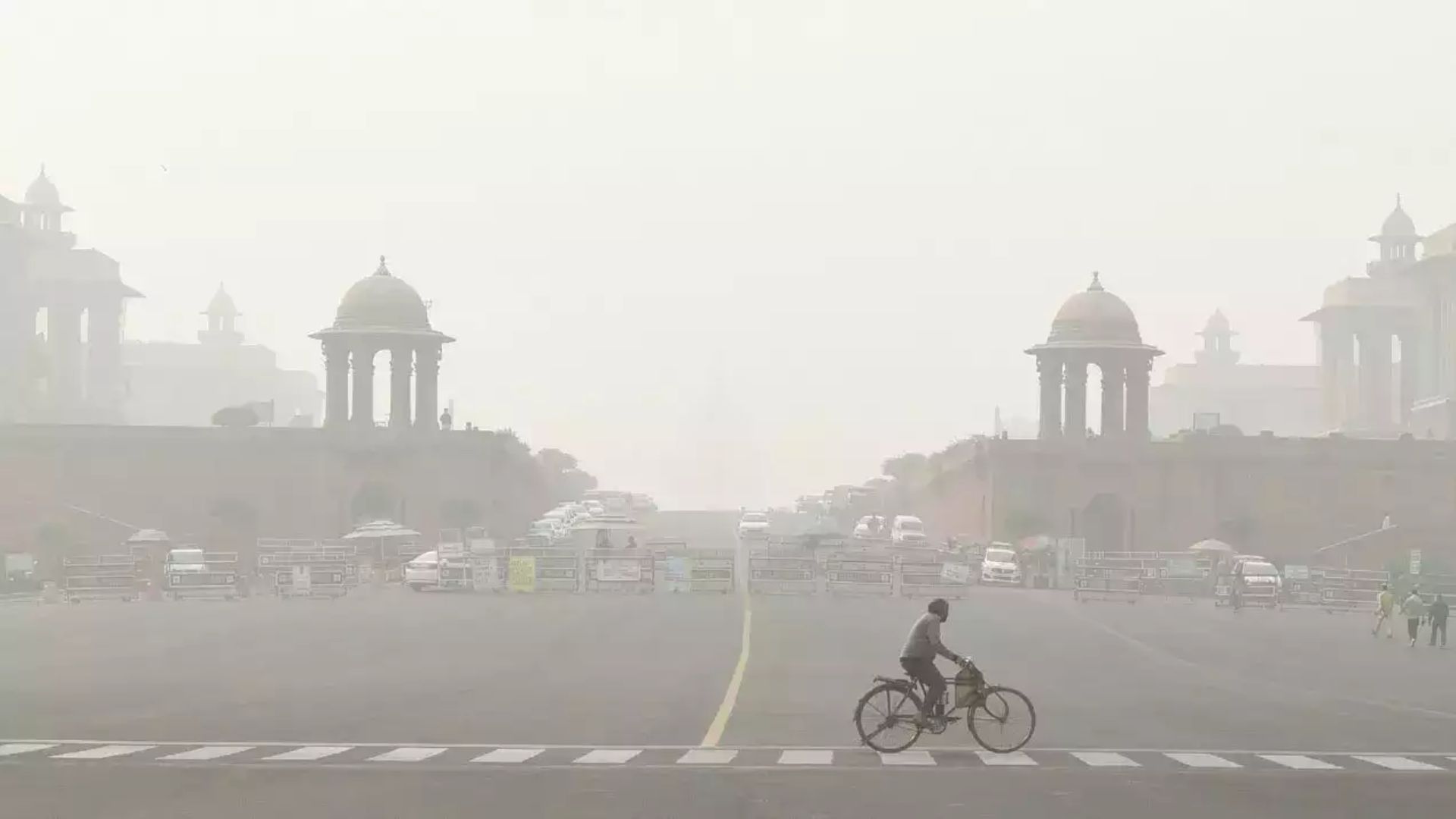Source : PTI | As cold weather settles in, pollution in all its forms is tightening its grip on Delhi, with the air quality in the city remaining in the “poor” category, though stubble burning has declined this year compared to previous years, according to a recent research.
Data from the Central Pollution Control Board (CPCB) said the 24-hour average Air Quality Index (AQI) was recorded at 277 at 4 pm on Sunday.
Of the 35 monitoring stations, 14 recorded the air quality in the “very poor” category, up from 11 on Saturday.These stations include Anand Vihar, Bawana, Dwarka, Jahangirpuri, Mundka, Narela, Patparganj, Rohini, Shadipur, Sonia Vihar and Wazirpur. Emissions from transportation account for approximately 9.69% of Delhi’s air pollution, according to the Centre’s Decision Support System for Air Quality Management.
Meanwhile, 45 farm fires were reported in Punjab, 15 in Haryana and 30 in Uttar Pradesh, according to satellite data on Saturday. A total of 2,733 farm fires were recorded between September 15 and October 19 — 1,393 in Punjab, 642 in Haryana, 687 in Uttar Pradesh and 11 in Delhi.
According to a recent study, Delhi’s air quality has seen a decline in the last week, with the AQI consistently falling into the “poor” category. This deterioration follows a brief period of relatively better air quality over the past three weeks. Experts are attributing the spike in pollution levels to seasonal changes and increased stubble burning. The study shows that the fire count — an indicator of stubble burning — has been steadily decreasing over the last five years in states such as Punjab, Haryana, Uttar Pradesh and Delhi.
The study says Delhi’s air quality has worsened steadily over the last month, with PM2.5 values dipping below the National Ambient Air Quality Standards (NAAQS) only between September 27 and September 29. Outside of this short window, the air quality has remained above acceptable standards, deteriorating further each day.
In recent years, PM2.5 concentrations have reached nearly 500 µg/m³, while PM10 levels have exceeded 700 µg/m³ on a 24-hour basis during this period, the study added.
PM2.5 refers to fine particles that penetrate deep into the body and fuel inflammation in the lungs and respiratory tract, leading to the risk of cardiovascular and respiratory problems, including a weak immune system.
According to the study, the current PM2.5 levels are already around 110 µg/m3 and this figure is expected to rise in the coming weeks as stubble burning intensifies in neighbouring states like Punjab, Haryana and Uttar Pradesh.
During the winter months, Delhi experiences severe pollution.











